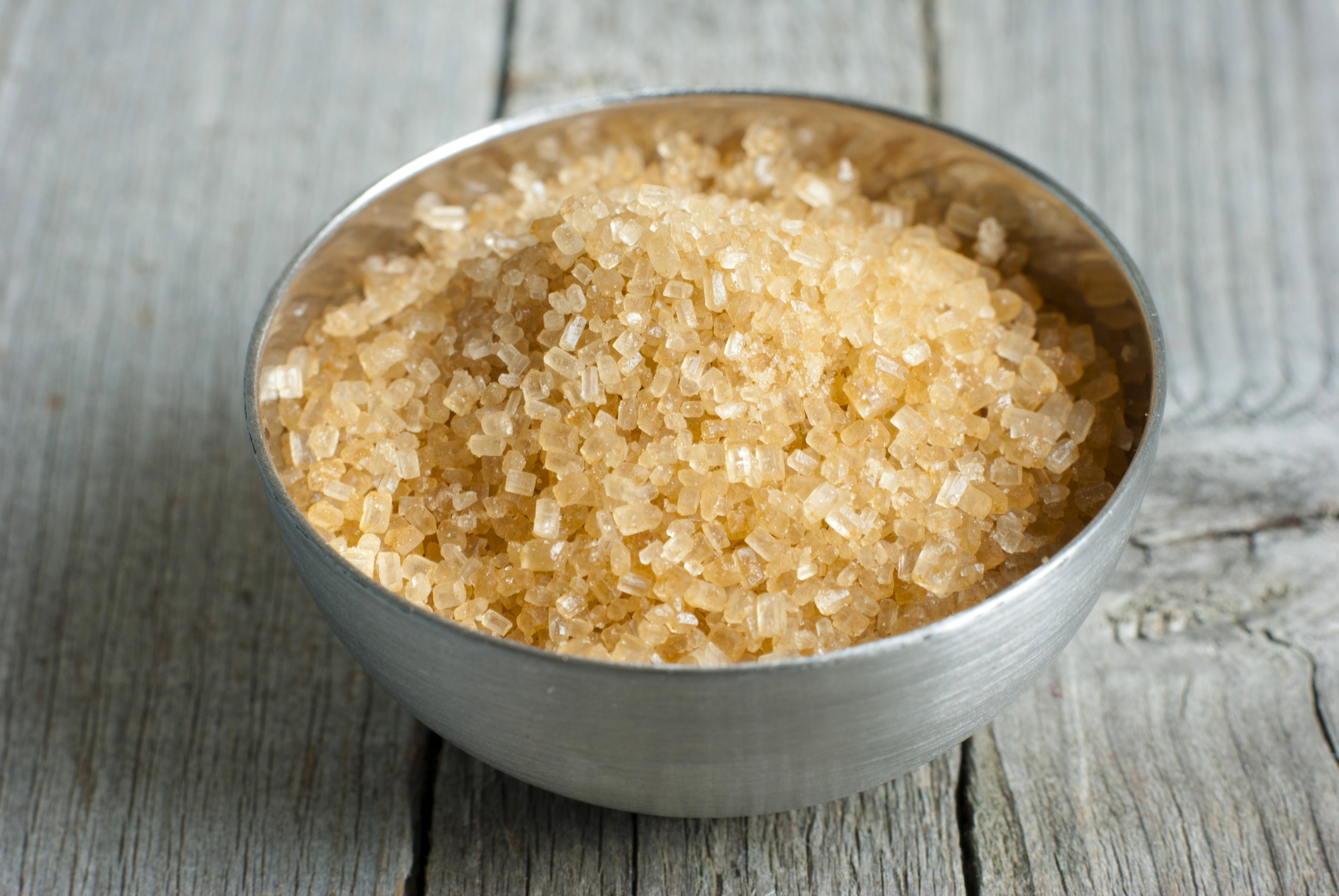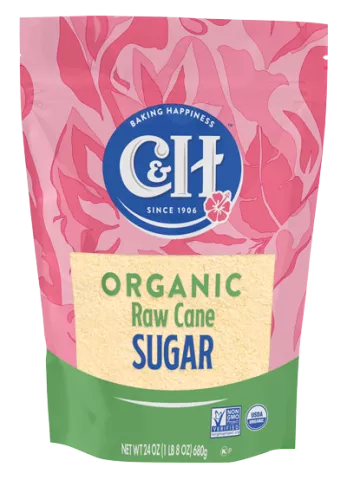Effective Cane Sugar Processing: Maximizing Yield and Pureness
Effective Cane Sugar Processing: Maximizing Yield and Pureness
Blog Article
An Extensive Guide to the Environmental Effect and Sustainability Practices in Walking Cane Sugar Handling
The environmental impact of walking stick sugar handling presents a complex range of difficulties that warrant cautious exam. From dirt destruction and too much water usage to the carbon impact connected with cultivation and manufacturing, the effects of traditional practices are far-reaching. On the other hand, the fostering of cutting-edge sustainability actions supplies a path towards a lot more accountable production techniques. Comprehending the interplay between these issues is vital for stakeholders in the market. What certain methods can be executed to strike an equilibrium between productivity and ecological stewardship? The responses hinge on a better look at both the obstacles and possible options.
Summary of Cane Sugar Handling
Cane sugar processing includes a series of organized steps that change sugarcane into polished sugar. At first, gathered sugarcane is delivered to processing centers, where it undertakes cleansing to remove soil and particles. Following this, the cane is squashed to draw out juice, which is after that made clear by getting rid of contaminations via heating and the enhancement of lime.
The cleared up juice undertakes dissipation, where water is removed to concentrate the sugar content. These crystals are separated from the staying syrup making use of centrifugation, resulting in raw sugar.
The final item is after that dried out and packaged for circulation. Throughout this entire process, maintaining effectiveness and high quality control is necessary to make sure the sugar fulfills sector standards. Each action in cane sugar processing not only adds to the end product yet additionally has implications for resource use and waste generation, setting the phase for conversations on sustainability and ecological influences related to sugar manufacturing.
Ecological Difficulties of Manufacturing
The manufacturing of cane sugar presents several significant environmental obstacles that warrant attention. One key concern is the comprehensive use agrochemicals, consisting of pesticides and fertilizers, which can lead to dirt destruction, biodiversity loss, and contamination of regional water sources. The runoff from sugarcane areas frequently carries these chemicals right into close-by environments, interrupting water life and impacting the health of communities reliant on these water bodies.
An additional obstacle is the high power usage connected with sugarcane processing. The boiling and refining phases call for considerable heat, primarily generated by burning fossil gas, adding to greenhouse gas discharges. Furthermore, the expansive land area needed for sugarcane cultivation can bring about deforestation and habitat devastation, additional exacerbating environment change and harmful wildlife.
In addition, the labor methods in some areas increase ethical worries, as workers might face bad working conditions and poor salaries. This scenario frequently bolsters a cycle of hardship in neighborhood communities. Cane Sugar Processing. Resolving these environmental obstacles is important for creating much more lasting practices in walking stick sugar production, eventually profiting both the atmosphere and the areas involved in this market
Water and Land Usage Impact
Water sources and land utilization are important components in the walking stick sugar sector that considerably affect the setting. The cultivation of sugarcane needs substantial water input, with quotes recommending that it can consume up to 2,000 liters of water per kg of sugar generated. This intensive usage of water typically leads to depletion of regional water sources, affecting not only the sugarcane haciendas yet also surrounding ecological communities and communities that rely upon the very same water sources for agriculture and residential usage.

Additionally, land use for sugarcane farming can bring about deforestation and the conversion of all-natural environments right into monoculture plantations. This technique lessens biodiversity, interrupts local environments, and adds to dirt destruction. The growth of sugarcane areas commonly trespasses on beneficial agricultural land, creating competition for sources between food and biofuel production.
Lasting practices, such as enhancing watering techniques and carrying out plant rotation, are vital to minimize these effects. By taking on more efficient water use and land management methods, the cane sugar market can lower its ecological impact, ensuring a balance in between farming performance and environmental preservation.
Greenhouse Gas Emissions
Greenhouse gas exhausts stand for a substantial environmental issue within the walking stick sugar processing market, especially as farming methods broaden to satisfy worldwide need. The growing of sugarcane, a crop that grows in tropical climates, depends heavily on synthetic click for info fertilizers and chemicals, which add to laughing gas exhausts. In addition, land-use adjustments, consisting of logging for new sugarcane ranches, release carbon dioxide saved in plant life and dirt.
During processing, power usage is another significant resource of greenhouse gas discharges - Cane Sugar Processing. Many sugar mills make use of fossil fuels to power machinery and produce warmth, resulting in substantial carbon footprints. In addition, the transport of raw sugarcane and finished items includes layers of discharges via gas combustion in vehicles
This involves examining current agricultural techniques, processing approaches, and transportation systems to determine locations for improvement and reduction. Attending to greenhouse gas emissions is necessary for fostering an extra sustainable walking stick sugar sector in a changing climate.

Lasting Practices and Innovations
Lasting practices and innovations are significantly crucial in the cane sugar handling market as stakeholders seek to lower ecological effects while maintaining productivity. One substantial innovation is the application of incorporated crop administration, which optimizes source use by incorporating soil management, parasite control, and crop turning techniques. This approach improves yield while lessening chemical inputs and protecting soil wellness.
Additionally, the adoption of renewable resource resources, such as biomass from sugarcane residues, has actually gotten grip - Cane Sugar Processing. By converting waste items into power, refining facilities can minimize check that their dependence on nonrenewable fuel sources, therefore lowering greenhouse gas discharges
Water monitoring practices have actually additionally seen improvements with the recycling and reusing of water in handling plants, substantially lowering freshwater usage. Technologies in innovation, such as accuracy farming, make it possible for farmers to keep track of plant health and resource use much more properly, making sure sustainable farming practices.
In addition, qualification programs like Fair Trade and Jungle Alliance motivate eco accountable farming techniques and advertise social equity within the supply chain. By welcoming these lasting methods and technologies, the cane sugar processing market can boost its resilience and contribute positively to environmental stewardship.
Conclusion
The environmental impact of cane sugar processing presents significant obstacles, consisting of dirt destruction, high water intake, and greenhouse gas exhausts, along with moral worries connected to labor methods. Attending to these problems through sustainable techniques, such as incorporated plant monitoring, renewable resource adoption, and water recycling, is vital. By advertising socially equitable and eco liable techniques in sugar production, the industry can mitigate its adverse effects, ensuring an extra lasting future for both communities and ecological communities entailed in this field.
Walking stick sugar processing involves a collection of methodical steps that transform sugarcane i loved this into polished sugar. Each action in walking stick sugar processing not only contributes to the final product yet additionally has ramifications for source usage and waste generation, establishing the phase for discussions on sustainability and environmental influences linked with sugar production.
Greenhouse gas discharges stand for a considerable environmental worry within the cane sugar handling industry, especially as farming methods increase to satisfy international demand.Sustainable techniques and advancements are increasingly crucial in the cane sugar processing sector as stakeholders seek to minimize ecological effects while maintaining efficiency.The ecological impact of walking stick sugar handling presents considerable obstacles, including soil destruction, high water consumption, and greenhouse gas discharges, along with ethical worries connected to labor practices.
Report this page